No products in the cart.
NEWS
How to Shape & Style Your Ornamental Fig Tree
Ornamental fig trees are highly sought after for their aesthetic appeal and symbolic significance in many cultures, particularly in Vietnam where they represent abundance (“sung túc”). These resilient trees can be trained into stunning forms, but achieving beautiful and healthy results requires specific knowledge and techniques. As experts in horticulture and creators of content for Biogarden.asia, we’re here to guide you through the process of shaping your ornamental fig tree.
Understanding Ornamental Fig Trees
Fig trees (Ficus species), especially those cultivated for ornamental purposes, are tropical and subtropical plants known for their vigorous growth. They belong to the Moraceae family.
Characteristics of Ornamental Figs
Ornamental fig trees, often derived from species like Ficus carica or Ficus microcarpa, are typically fast-growing woody plants. While wild Ficus trees can reach impressive sizes (25-30m tall), cultivated ornamental varieties, especially those in pots, are kept much smaller. Their bark is usually gray-brown. Leaves vary by species but are commonly ovate to lanceolate with distinct veins.
Fig flowers are unique, developing inside a fleshy structure called a syconium, which matures into the fruit. The fruits, often around 2-2.5 cm in diameter in ornamental types when ripe, can range in color from green to orange or purple. While common figs (Ficus carica) are primarily grown for edible fruit, many ornamental varieties are selected for their growth habit suitable for styling and bonsai. Some varieties produce small, abundant fruit clusters highly valued for their symbolic meaning.
Common Types for Ornamentals
While many Ficus species can be used ornamentally, the common fig (Ficus carica) is often the basis for trees desired for their symbolic fruitfulness. Varieties vary in leaf shape, growth rate, and fruit production. Some are chosen specifically for bonsai due to smaller leaf size and compact growth habits. The original text mentions “Vietnamese Fig” (Sung Ta) good for bonsai and “American Fig” (Sung Mỹ) known for larger fruit, illustrating the focus on specific traits for different purposes.
Feng Shui Significance
In Vietnamese culture, the fig tree (Cây Sung) holds profound feng shui significance, often included in sets of auspicious trees like the “four sacred trees” (Đa, Sung, Xanh, Si) and “three abundances” (Sung, Lộc Vừng, Vạn Tuế). The name “Sung” sounds like “sung túc,” meaning abundance, fullness, prosperity, and success. Growing a fig tree is believed to bring wealth, good fortune, and harmony to the household. The presence of abundant fruit is particularly auspicious. Fig trees are considered especially harmonious for individuals with Wood or Fire elements according to traditional beliefs.
Essential Steps Before Shaping
Before you begin bending and styling your fig tree, proper preparation is key to ensure the tree’s health and successful shaping.
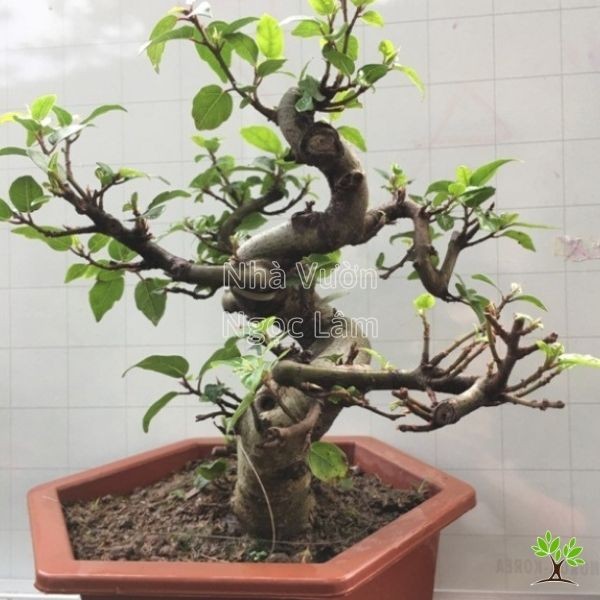 Mature ornamental fig tree bonsai with intricate root system displayed in a traditional pot.
Mature ornamental fig tree bonsai with intricate root system displayed in a traditional pot.
Pruning Leaves
Pruning leaves is the first step before undertaking significant shaping work. This helps you see the branch structure clearly and directs the tree’s energy towards recovery and structural development. Remove overlapping leaves, branches growing inwards or straight up, crossing branches, and any weak or damaged foliage.
Weakening Branches Before Bending
For older, thicker branches that are too rigid for simple wiring, advanced techniques to weaken them are necessary before bending. These techniques require experience and careful execution, as improper application can severely damage or even kill the branch. The goal is to make the wood more pliable while keeping the vital cambium layer intact.
Choosing the Right Time
Timing is crucial for successful shaping and the tree’s recovery. The ideal time to perform major shaping work on fig trees is typically during their period of active growth, such as late summer or early autumn (around August in many subtropical regions). During this time, the tree has high vitality, allowing it to heal faster from wounds and reducing susceptibility to pests and diseases compared to other months.
Reducing Leaf Size
Ornamental fig trees, especially those trained as bonsai, often have naturally large leaves that can look out of proportion with a smaller tree size. Reducing leaf size helps create a more visually balanced plant and encourages energy to be stored in the trunk and roots.
The process involves defoliation:
- Gently pinch or cut off all the leaves on the tree, leaving the small leaf stem (petiole) attached.
- Unlike some other Ficus species, fig trees (Ficus carica) do not tolerate severe drought well, especially after defoliation. Continue watering adequately.
- When new shoots emerge with 2-3 leaves, pinch off the growing tip. This inhibits elongation and encourages smaller leaves to form.
- Repeat this pinching process as new growth appears. Subsequent leaves will typically be smaller. Continue until the older, larger leaves turn dark and hardened, then resume normal watering and care.
Stimulating Fruit Production
For many, the true value of an ornamental fig tree lies in its abundant fruit, symbolizing prosperity. While figs naturally fruit, stimulating production for specific times (like holidays) is a desired skill. Selecting a variety known for clustering fruit (like the type described as “sung nếp” in the original) is advantageous.
Techniques to encourage fruiting include:
- Drought Stress: Withhold water for about 15-20 days until the leaves begin to droop slightly or even drop. This stress encourages the tree to reproduce (fruit).
- Defoliation: After the drought stress period, remove all leaves. This triggers a flush of new growth which includes flower buds.
- Scoring: Make several shallow cuts (“khía”) into the bark around the base of the trunk. This minor wounding can also stimulate fruiting or branching.
- Repotting: For potted trees, repotting into a larger pot with fresh soil (replacing 1/3 to 2/3 of the old soil) mixed with organic fertilizer can provide nutrients needed for fruiting.
- Combined Method: A common method is to combine drought stress and defoliation. After leaves drop from drought, resume watering, and the tree should produce a new flush of leaves and flower buds, leading to fruit in about three months. Performing this in late spring allows fruit to develop by autumn/early winter.
After a fruiting cycle, clusters of old flower receptacles (where the fruit was) remain on the branches and trunk. New fruit will often form from these old bases the following year. If you want fruit to reappear in the same spot, avoid removing these old “cùm hoa” (flower stalks). If you prefer fruit to appear in new locations, you can remove them.
Shaping Techniques for Ornamental Figs
Ornamental figs are resilient and can be shaped in various ways, from simple pruning to complex bending techniques. Regular pruning, shaping, and fertilization are key to maintaining the desired form. Water management is critical in controlling vigor and growth.
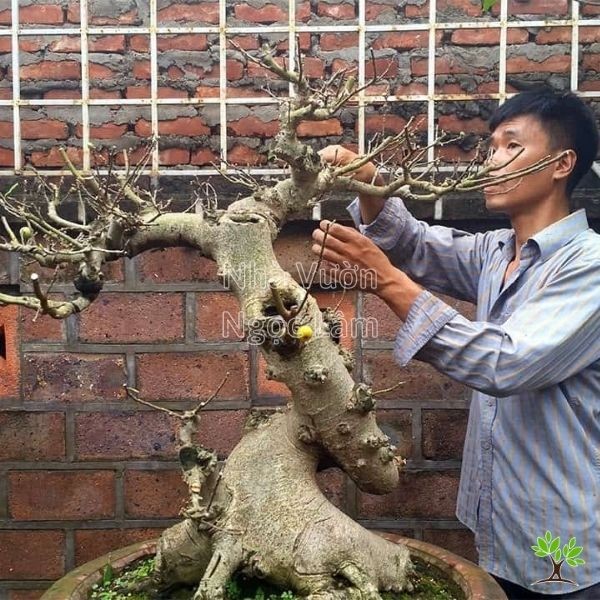 Branch bending technique on a fig tree trunk for bonsai styling.
Branch bending technique on a fig tree trunk for bonsai styling.
Basic Branch Bending
Basic shaping involves carefully bending branches into desired positions using wire or ties. Pinching new growth tips helps encourage branching and ramification, creating a denser canopy.
Bending Large Branches
Large fig branches contain a core of deadwood surrounded by living cells, including the cambium layer just beneath the bark. The deadwood provides structural support. Bending thick, mature branches requires techniques that make the wood pliable without destroying the structural integrity or the living tissues. The original text suggests mid-winter as a time when wounds don’t heal quickly, perhaps to allow the bend to set before rapid callusing.
V-Cutting Technique
This technique involves making a V-shaped cut across the section of the branch or trunk you wish to bend. The bend is then made at the point of the cut. This allows for sharp angles but inevitably leads to significant callusing or scarring at the wound site, which may or may not be aesthetically desirable depending on the design. This method is noted as less suitable for trees that shed leaves early or have broad leaves. After making the cut and bending, the section must be secured (wired or tied) to hold the shape as it heals. Applying a wound sealant to the exposed wood is recommended to protect the tissue. Using a thin saw helps create a clean triangular cut that allows the cut surfaces to meet and graft together as callus forms.
Grooving Technique
Grooving involves removing a strip of wood along the length of a branch or trunk section. This reduces the material thickness and makes the section more flexible, facilitating bending. A knife or chisel is used to create a channel running along the desired bending path.
Hollowing Technique
This technique involves carefully removing wood from the interior of a branch or trunk section, usually from the back side relative to the desired bend. A drill with a small bit can be used to bore out material, taking care not to damage the outer cambium layer essential for the tree’s survival and healing. Removing enough interior wood makes the section pliable. Once bent into position and secured with wire or ties, the hollowed area can be filled with a sealant or putty to protect the wound, especially important during dormancy.
Splitting Branch Technique
Splitting involves cutting a large branch lengthwise into two or more thinner sections. This reduces the rigidity of the branch, making it easier to bend and twist. However, like V-cutting, this technique often results in visible scarring where the split heals, which is why it is less frequently used for aesthetic reasons compared to other methods. Callus formation typically occurs along the line of the split as the wood heals.
Effective Care After Shaping
Proper aftercare is critical following any major shaping work, especially techniques involving cutting or wounding, as the tree is vulnerable to stress, disease, and potential dieback.
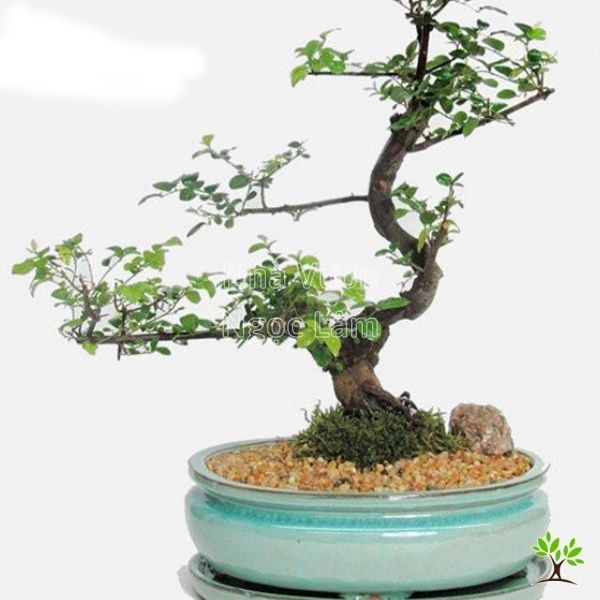 Grooving technique demonstrated on a fig tree branch to facilitate bending.
Grooving technique demonstrated on a fig tree branch to facilitate bending.
Protecting Wounds
Protecting open wounds is essential for healing. Standard horticultural practice recommends applying a wound sealant or dressing to cut surfaces to prevent drying, infection, and pest infestation. While some traditional methods might suggest using certain oils, relying on purpose-designed sealants is generally safer and more effective.
Careful Wood Removal
When using techniques like hollowing or grooving, it is vital only to remove enough wood to achieve the desired flexibility without compromising the branch’s structural integrity. The remaining wood must be strong enough to support the foliage. Monitor the process closely; if you see the green cambium layer while drilling or cutting, you are going too deep.
Watering
Fig trees are water-loving plants, and providing adequate water is crucial after shaping, particularly techniques that involve wounding or defoliation. Drought stress during the recovery period can cause the bark to shrivel or crack, leading to unsightly scars (“vảy bao bọc”) and potentially branch dieback. Ensure consistent moisture, but avoid waterlogging.
Lighting
Place the shaped fig tree in a location with good light exposure, but avoid harsh, direct sun immediately after significant work, which can stress the tree. Insufficient light leads to weak, leggy growth (“dưới tán cây sẽ bị mỏng”), poor branching, and diminished aesthetic quality. The tree needs light to recover and develop new foliage in the desired structure.
Inspiring Ornamental Fig Tree Examples
Below are some examples showcasing the potential beauty achievable through skillful fig tree shaping and styling.
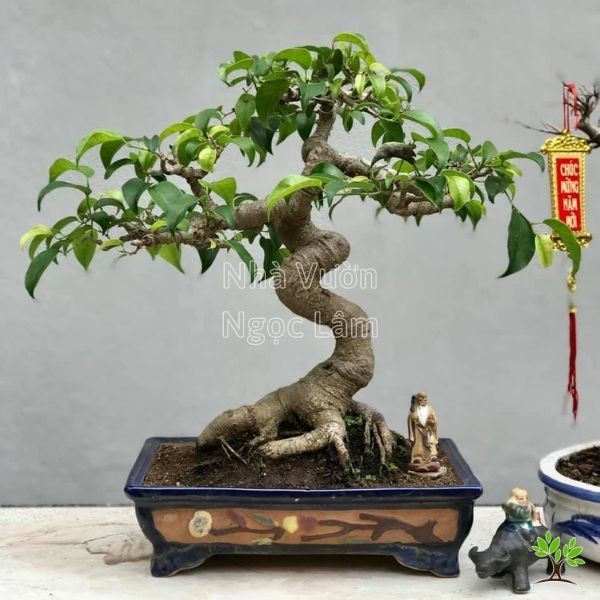 Ornately shaped fig tree bonsai with exposed root system in a pot.
Ornately shaped fig tree bonsai with exposed root system in a pot.
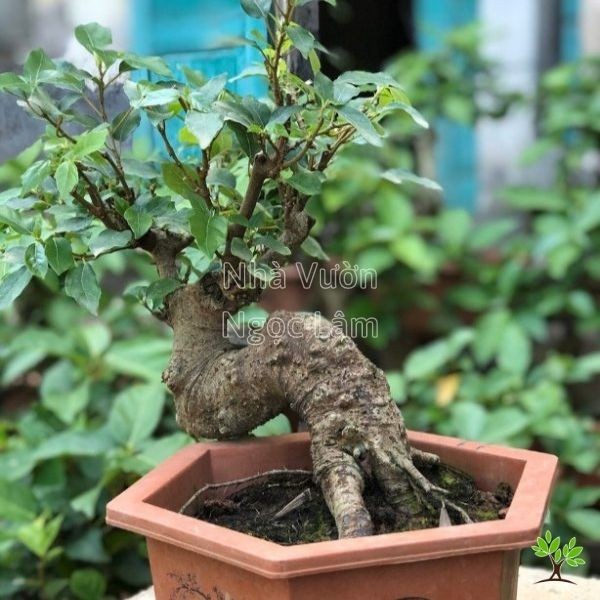 Artfully styled fig tree bonsai with compact foliage and visible trunk movement.
Artfully styled fig tree bonsai with compact foliage and visible trunk movement.
 Small ornamental fig tree in a pot, trained with curving trunk and branches.
Small ornamental fig tree in a pot, trained with curving trunk and branches.
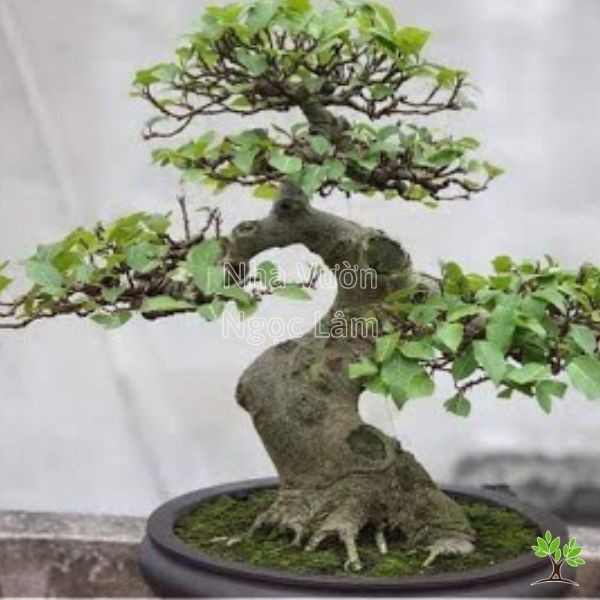 Close-up of a fig tree branch showing detailed wiring and shaping.
Close-up of a fig tree branch showing detailed wiring and shaping.
 Example of a large ornamental fig tree bonsai with a strong trunk and well-developed branch structure.
Example of a large ornamental fig tree bonsai with a strong trunk and well-developed branch structure.
Conclusion
Creating a beautiful and aesthetically pleasing ornamental fig tree goes beyond simple care; it requires specific knowledge and skillful application of shaping techniques. Mastering these methods allows you to guide the tree’s growth into desired forms, enhancing its visual appeal and symbolic value. Success depends on understanding the tree’s biology, choosing the right timing, executing techniques carefully, and providing attentive aftercare.
Embarking on the journey of shaping your fig tree is rewarding, combining horticultural science with artistic expression. For the products and guidance to support your plant care endeavors, explore what Biogarden.asia has to offer. Share your shaping experiences and connect with fellow plant enthusiasts!



